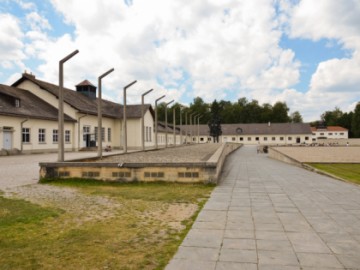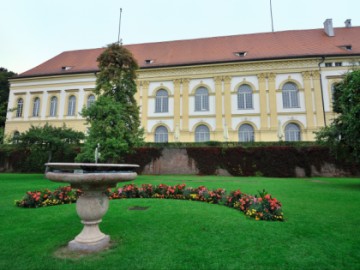Dachau - Town of Memory
The name Dachau creates gloomy associations. All know about the notorious, Second World War concentration camp. But the history of the city includes not only black pages. For example, in the XIX century landscape painters took fancy to Dachau and the surrounding area. One of Germany’s largest colonies of artists was established here. Dachau was even called the city of artists. Today, too, one can walk in the quiet countryside that inspired painters and at the same time visit the palace of the Wittelsbach family with an extensive English park and pay tribute to the victims of Nazism ...
Cafes, bars and restaurants in Dachau
See all
Restaurants

AMALFI
Restaurant • Pizzeria • Catering
+49 8131 736385
Payment methods:
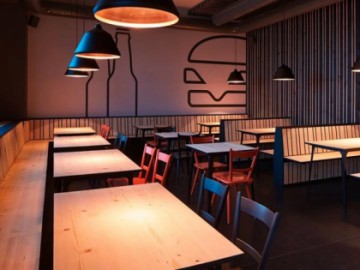
HiFive Burger
Fast Food • Bar • Café
+49 8131 9974207
Payment methods:
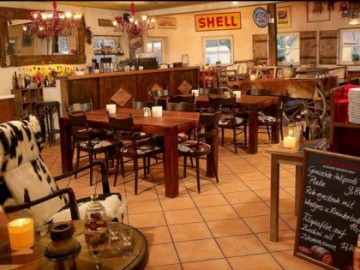
PanAmericana
Restaurant • Grill bar
+49 8131 2770723
Payment methods:
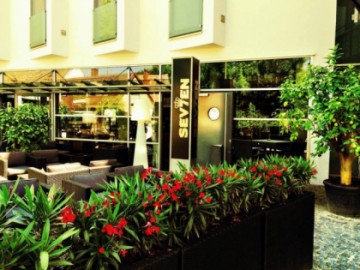
Sev7en
Restaurant • Bar • Café • Catering
+49 8131 299877
Payment methods:
All sights in DachauSee all
Landmarks in the city Dachau
Nearby





 Castles, Fortresses and Palaces
Castles, Fortresses and Palaces
 Parks and recreation
Parks and recreation
 Museums and Exhibitions
Museums and Exhibitions
